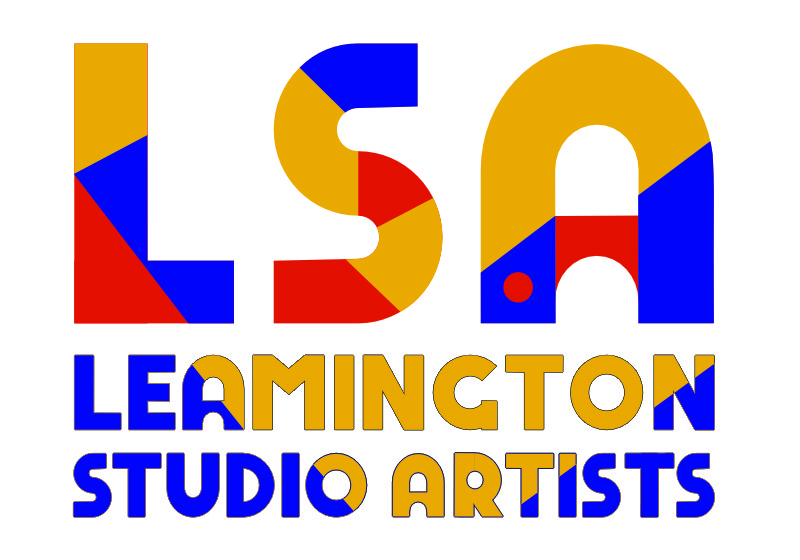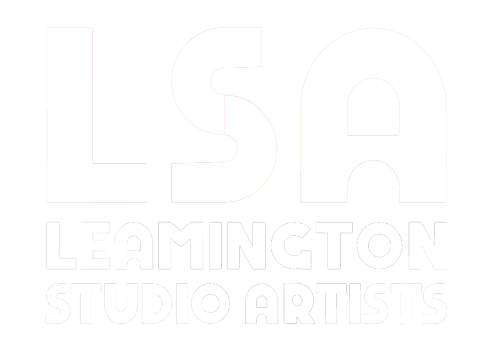It is not until you draw or paint something that you really ‘see’ it.
Understanding an artist’s journey offers a deeper appreciation of their work, the influences, decisions, and passions that shape their creative path…
For Lucy Burton, painting is as much about discovery as it is about discipline. Working alla prima in oils, she embraces spontaneity, letting each brushstroke carry energy and intention. Whether capturing the delicate structure of flowers or the character of a beloved pet, her work balances boldness with sensitivity, revealing the beauty of close observation.
In this conversation, Lucy reflects on her journey as a “daily painter,” the role of experimentation in keeping her practice alive, and the joy of guiding others to overcome the blank canvas and find their own creative rhythm.

LSA: What drew you to the alla prima method, and what do you enjoy most about working this way?
“Alla prima” means “at first attempt” or “at once” in Italian and describes a painting technique where the entire artwork is completed in a single session, while the paint is still wet. I find it to be a spontaneous approach that involves applying new layers of paint over previous wet layers, allowing for bold brushwork, immediate and continual editing. I like the way it both looks and feels. When you start out painting you try lots of different mediums, surfaces, brushes and techniques to find the one that pleases you most. After 25 years of painting I have found that my preference is painting in oils on smooth panel boards, tackling a variety of subject matter using different brushes.
LSA: What makes you return to depicting flowers and pets again and again?
I like working on a 1:1 scale. I enjoy looking for interesting shapes, compositions, colours, tones, and shadow shapes. Painting flowers means I can paint from life. It is not until you draw or paint something that you really ’see’ it, Mother Nature amazes me every time I look closely at a flower or leaf! Painting flowers allows me the opportunity to indulge in colour and colour mixing. I find this a very mindful process. I paint pets as commissions, with these the challenge is to express the personality of the animal and the texture of the fur and features. My favourite bits to paint are their noses!
LSA: Do you find that experimenting with new tools, like different brush shapes, changes the way you see your subject?
Not so much the way I see it – but definitely the way I paint it. I could easily paint the same subject matter 5 times with 5 different brushes and get very different feelings and effects each time. It’s like the brush suggests a way of working that you hadn’t considered and forces you to experiment, and try new things. That’s what keeps us artists engaged with painting – when we are continually learning and experimenting rather than repeating ourselves.
LSA: You describe yourself as a “daily painter.” How has this commitment changed the way you approach creativity and risk?
Daily Painting’ is the practise of painting little and often. Painting small allows you to paint something in one session. If it works – great, if it doesn’t; it doesn’t matter. Put it to one side, learn from it and go again.
LSA: How does your background in industrial design and running a costume hire business influence your art today?
I’ve always been ‘a creative’ in one way or another, i’ve just found other ways of earning from it whilst allowing me the opportunity to enjoy painting as a hobby. More recently, since closing my costume hire business, painting and teaching painting has become my job. As long as I’m creating i’m happy!
LSA: Teaching seems to be an important part of your practice. What do you hope your students take away from your workshops beyond the technical skills?
I like to encourage students to experiment and not be afraid of the blank canvas. By breaking it down into stages we can make the process less intimidating and more enjoyable. I try to pass on all the little tips I have learned and found useful along the way, tailoring what I say to peoples knowledge and ability level. I try to encourage students along their own creative path, watching their approach and suggesting ways to expand their process. I hope that students take confidence and inspiration from my classes as well as technical skills. It is important that we are always excited to sit down and paint. To have the feeling that anything is possible and the willingness to try.

